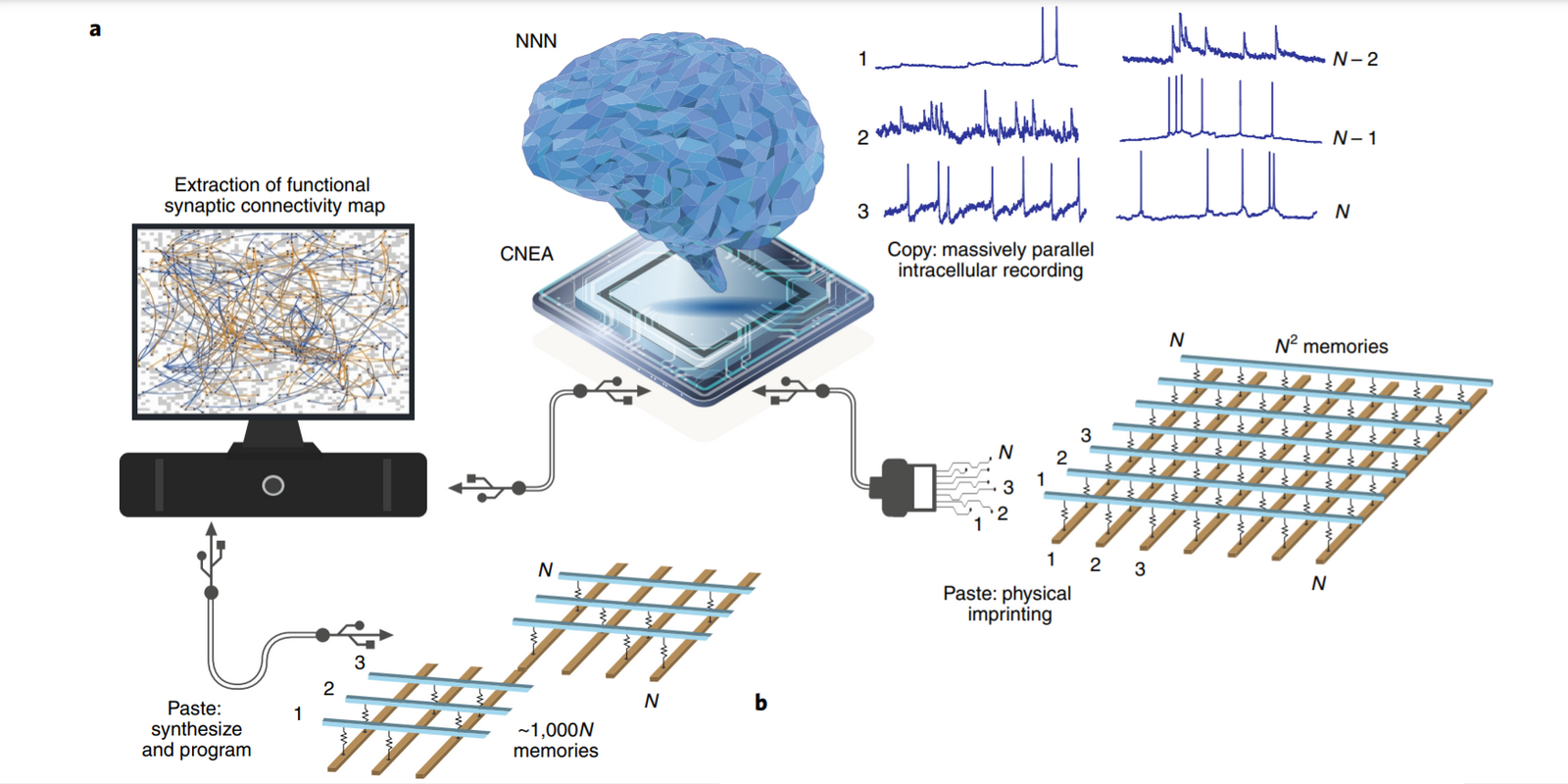With the goal of creating a next-generation artificial intelligence, Samsung is working on neuromorphic engineering that seeks to copy the fundamental neuron connectivity of a mammalian brain on a system of memory networks. Samsung is not the only major player in the field, as companies like Intel and IBM are also working on similar projects and have even demonstrated neuromorphic systems in the past decade. The core idea behind neuromorphic engineering is to somehow mimic the activity of neurons — nerve cells that are building blocks of the human brain — and employ it on computing chips, taking their performance and energy efficiency to the next level.
One area that neuromorphic engineering aims to revolutionize is Artificial Intelligence. From smartphones to high-power computing machines, the current-gen AI models have to be trained on huge data sets so that they can learn to respond to certain queries and adapt to user preferences over time. But a neural system offers more flexibility, as it can generate answers even where there are a lot of restrictions. There are a ton of challenges, too, such as the development of a whole new type of memory, storage, and sensors. Moreover, conventional data encoding and processing concepts will have to be reworked, and the need for writing a new programming language will likely be a hurdle as well.
Samsung, in collaboration with experts from Harvard University, has now detailed a new approach for creating a neuromorphic chip in a research paper titled ‘Neuromorphic Electronics Based on Copying and Pasting the Brain’ that has been published in Nature. As the name suggests, Samsung aims to copy the neuron connectivity map of a mammalian brain (or a section of it) and paste it on a high-density 3D network of solid-state memory. The goal is to copy brain attributes such as low power requirement, cognition and autonomy capabilities, and adaptability, and employ the learnings to create a neuromorphic chip for advanced computing scenarios.
The Road To Reverse Engineering The Brain Begins With A Chip
The first step towards achieving the aforementioned goal is copying the brain’s natural neuronal network (NNN) and mimicking its innate processing capabilities. Samsung aims to accomplish that using a silicon neuro-electronic interface called the CMOS nanoelectrode array (CNEA). The CNEA is said to be capable of copying the NNN’s functional synaptic connectivity map. The team behind the project aims to extract the connectivity map from the network-wide intracellular recording data obtained from live and functioning neurons cultured in laboratory conditions. Once the data has been copied, the next phase is pasting it on a network of conductive memories, a system where each memory unit is said to represent the strength of a corresponding biological synaptic connection.
As for the memory chip selection, Samsung is exploring everything from DRAM and flash memory to next-gen solutions such as Spin-Transfer Torque (STT) Magnetic Random Access Memory (MRAM), Phase-Change Magnetic Random Access Memory (PRAM), and Resistive Magnetic Random Access Memory (RRAM). Even though many of them are far from commercial adoption, each one brings its own set of advantages and leaves the doors open for a better implementation. And to solve the space constraint for a memory system with millions of sub-units, Samsung aims to use 3D stacking to reduce the surface area. The research says the copy-pasting technique represents some essential aspects of the brain’s computing and might act as the first step towards brain reverse engineering, despite the existing challenges.
Source: Samsung


